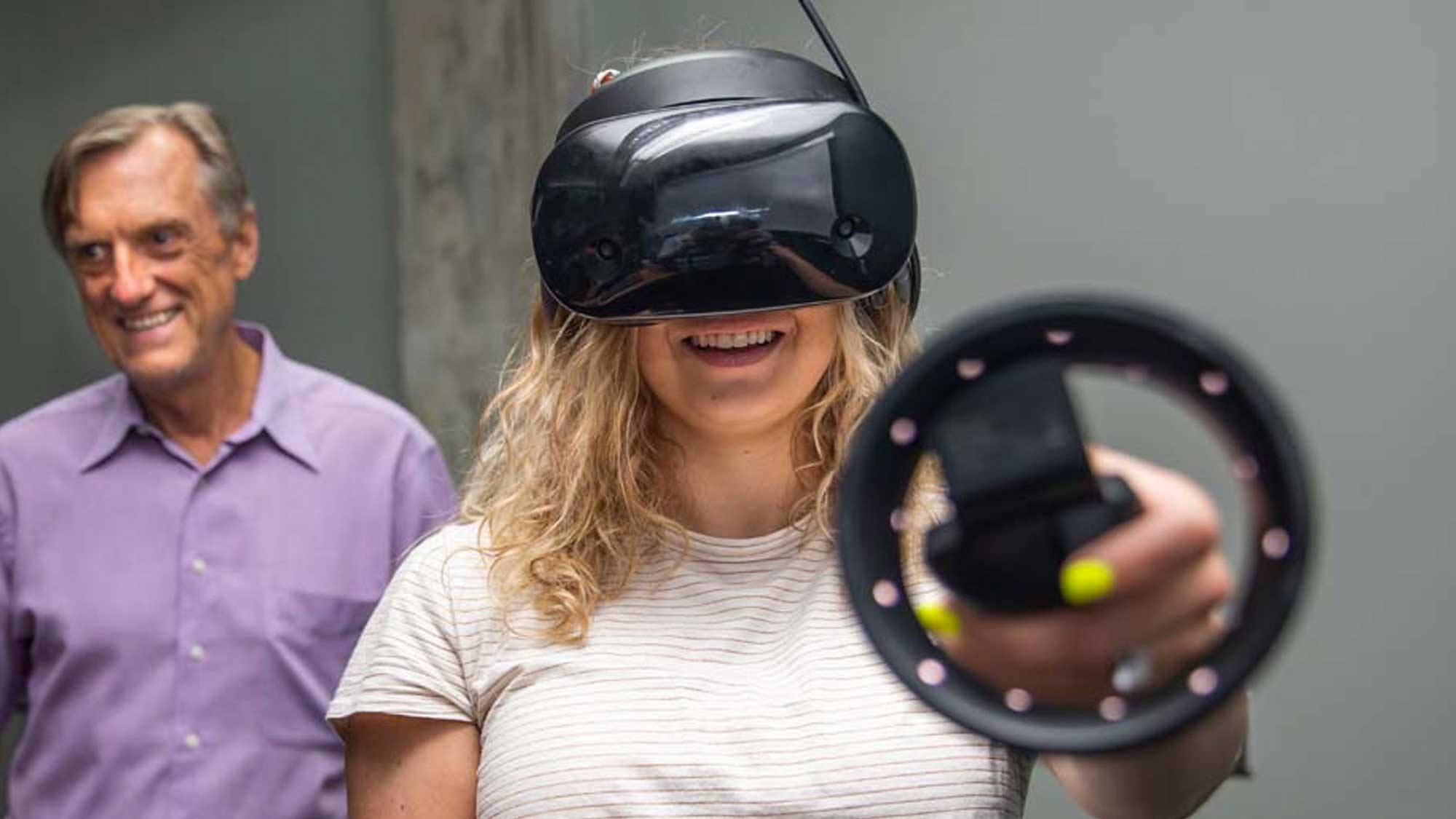
Smartphones, tablets, and computers all work on a level that is smaller than the eye can see. Nanotechnology is the core of these devices and the future of technology.
Utah Valley University received a $704,000 grant from the National Science Foundation to develop a nanotechnology program.
The multi-disciplinary grant will create collaboration between UVU’s physics, computer science, digital media, and engineering departments.
“Nanotechnology has to do with the smallest components the smallest structures that humankind can produce. The circuitry of a computer is ultra-tiny; this is where the word nano comes in. It is one-billionth of a meter,” Paul Weber, a professor in the physics department said.
The grant was received through the Advanced Technological Education Program to develop educational materials relevant to teaching nanotechnology at a community college level.
This is the second year of a three-year project. A new nanotechnology course will begin in the Spring 2020 semester.
The educational material UVU is producing includes lecture materials and laboratory exercises with hands-on involvement. Students will have the opportunity to study the invisible with the use of an electron microscope, which has a much higher magnification than a standard light microscope. It has the power to magnify a nanometer or show a single atom.
Before students ever set foot in the lab, they will run through the processes with online games and virtual reality simulations created by UVU’s digital media team.
By using virtual reality, it allows the students to familiarize themselves with the equipment they are using in the lab. “We want to make sure that the students feel both familiar with doing the equipment and also confident in what they are doing,” Weber said, “The simulations that they’ve done in digital media are spot on. They look just like the real instruments.”
Course modules and materials are being used currently in UVU’s Technology 1010 class.
The goal is for students to see the basic processes for the creation of structures, mostly electronic circuits, “We want students to have the opportunity to create electronic circuits because that is what most of the computers use,” Weber said.
Students will learn techniques like photolithography, where they will etch and transfer patterns onto a silicon wafer. These are used in the production of microchips for electronic gadgets. UVU’s laboratories will include a novel water-based technique for photolithography that will avoid using the harmful solvents of conventional methods.
“Students that come through this program stand a good chance of getting entry-level jobs at high tech companies here in the silicon slopes area,” Weber said, “They need students who are well versed in how to operate advanced technological equipment to produce circuits.”
Nanotechnology is one of the fastest-growing fields in the world and has applications in medicine, food, cosmetics, environmental health, technology, and industry. The benefits of nanotechnology are numerous.
All of the materials for the nanotechnology program are available online to the public. This will include educational games and a series of how-to videos that were created to show the various processes included in nanotechnology.
“The online resource will be available to nanotechnology instructors across the globe,” Weber said.
This story first appeared in the Daily Herald on Sept. 7, 2019